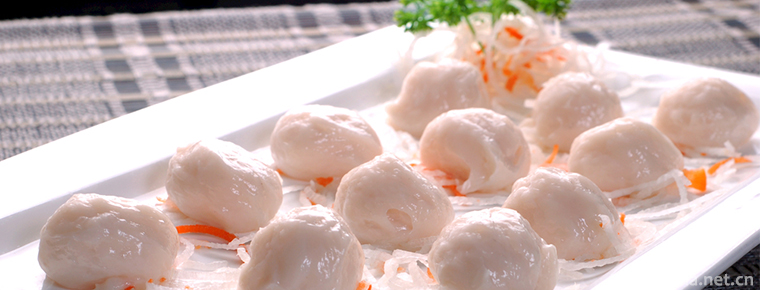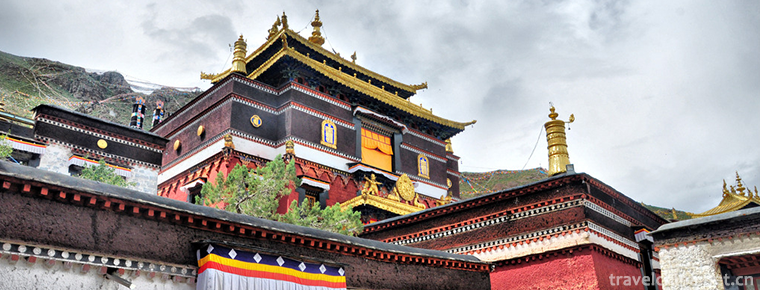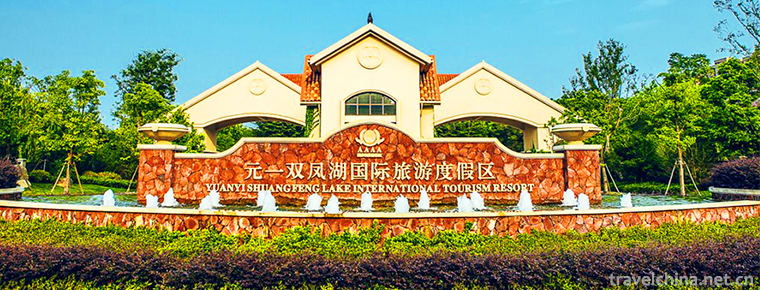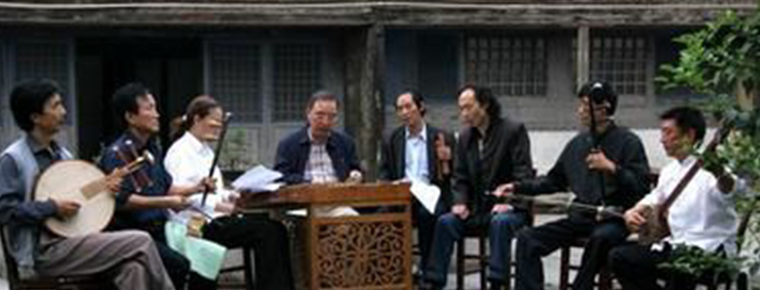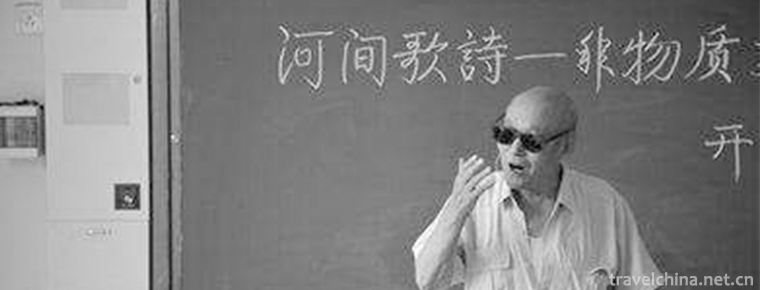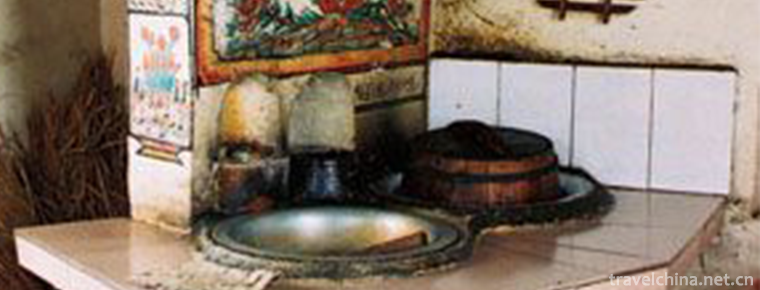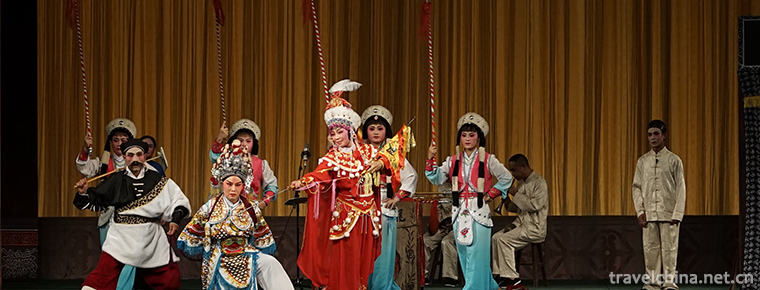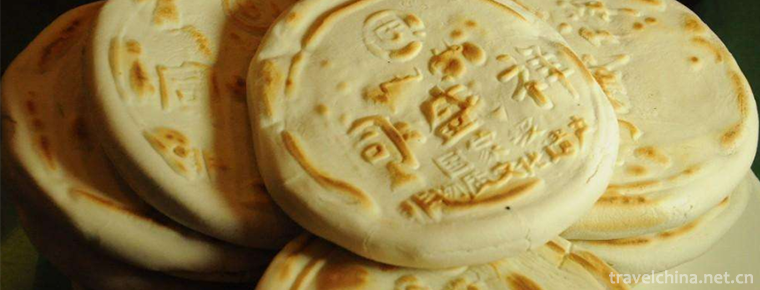Wudang Mountain Palace Viewing Taoist Music
Wudang Mountain Palace Viewing Taoist Music
Wudang Mountain Palace Taoist Music is the product of the combination of excellent traditional folk culture in Qinba area of Hubei Province and court music from Tang Dynasty to Ming Dynasty. It is the treasure of Chinese traditional music. Wudang Mountain Palace Taoist music is mostly a form of "song, dance and music". Brief introduction
Wudang Mountain, an ancient name of Taihe Mountain, is located in Shiyan City, northern Hubei Province. The mountain is magnificent. It faces the Danjiangkou Reservoir and is backed by Shennongjia Forest District, which covers more than 400 kilometers. There are 72 peaks, the main peak Tianzhu Peak is 1612 meters above sea level, the rest of the peaks are inclined to Tianzhu, which is a wonder. Since ancient times, Wudang Mountain has been the ideal place for Taoists to pursue fairyland. Taoist architecture has spread all over the mountain and its scale is magnificent. It is said that in ancient times, basalt rose in this way.
Since the birth of Taoism in the Eastern Han Dynasty, emperors in successive dynasties have held the ceremony of closing the mountains in Wudang several times. The reputation of Wudang Mountain has risen rapidly, and it once ranked above the five mountains in the Ming Chengzu period, known as "Dayue". Zhang Sanfeng, a master of a generation, made Wudang Mountains truly famous. His Wudang School and Songshan Shaolin School were equally famous for Taoist music. They are also called "Taoist music" for short. They are also called "Zhai Li music", "legal music" and "Tao Chang music", which are used to cooperate with various ritual activities of Taoism.
Wudang Mountain Palace Taoist Music is a combination of excellent folk culture in Qinba area and court music from Tang Dynasty to Ming Dynasty. It is a treasure of Chinese national music. Wudang Mountain Palace Taoist music is mostly a form of "song, dance and music".
Historical Origin
During the Zhenguan period of the Tang Dynasty, Wudang Mountain began to build the Wulong Temple. Since then, Taoist sects such as Zhengyi and Quanzhen began to preach in the mountains, and famous Taoist teachers of all dynasties have also lived in seclusion and practiced here. Long-term religious activities have left a wealth of musical materials. Wudang Mountain Palace Taoist Music not only retains the musical characteristics of Quanzhen School's "Ten Rhymes", but also has the melting charm of multi-sect music, and all kinds of rhymes and instruments are well-known, which is an important cultural heritage of Taoist music.
artistic characteristics
As Taoism is a native religion in China, Taoist music has traditional characteristics and strong national style. It is divided into vocal music and instrumental music. Its melody is ancient and elegant, rich in content, with the joy of praying for auspicious festivities, as well as the quiet melody of cultivating purity. Listening to fairy music and Wuxian Tao, you can experience the fairyland interest of "this song should only be seen in the sky, and can be heard several times in the world". Wudang Mountain court music and folk music in one. Genre forms can be divided into "rhyme tune" and "brand". According to the different performance occasions, objects and purposes, "rhyme tune" can also be divided into "Yang tune" and "Yin tune", "brand" can be divided into "Zhengqu", "Qiaoqu" and "Fa instrument brand".
Common instrumental music cards are goats on hillsides, , , etc., and chanting cards are [general support], , , etc. According to the content of its activities, it can be roughly divided into three categories: monastic law, fasting law and commemorative law music. Moral music is the daily work of Taoist self-cultivation, referred to as "morning and evening classes" or "morning and evening altar". Legality music is the ritual music of Taoist sacrifice and prayer. It is used to pray for all kinds of solitary spirits, wild ghosts or deceased people in order to avoid disaster.
The commemorative activities of Wudang Mountain mainly include March 3, September 9, July 1/2 and Kaiguang.
Representative Works
Common instrumental music cards are goats on hillsides, , , etc., and chanting cards are [general support], , , etc.
Inheritance Significance
Since the opening of Wudang Mountain to the outside world in 1982, especially in 2000, the Work Committee and Management Committee of Wudang Mountain Special Zone have taken effective measures to protect, develop and utilize Wudang Mountain Palace Taoist Music. Wudang Mountain Palace Taoist Music is going abroad and going to the world. In the view of Wudang Mountain Palace, "Xuanmen Daily Recitation Morning and Evening Class", "Zushibiao", "Sazu Iron Cans for Food and Alchemy" and other (complete) ritual music have been timely inherited, properly and completely preserved. The ancient and pure tune of Wudang Mountain Palace Taoist music is irreplaceable by any other music. It has greatly broadened the discipline of national music and left profound enlightenment for the development of our national music.
Brief introduction
Wudang Mountain, an ancient name of Taihe Mountain, is located in Shiyan City, northern Hubei Province. The mountain is magnificent. It faces the Danjiangkou Reservoir and is backed by Shennongjia Forest District, which covers more than 400 kilometers. There are 72 peaks, the main peak Tianzhu Peak is 1612 meters above sea level, the rest of the peaks are inclined to Tianzhu, which is a wonder. Since ancient times, Wudang Mountain has been the ideal place for Taoists to pursue fairyland. Taoist architecture has spread all over the mountain and its scale is magnificent. It is said that in ancient times, basalt rose in this way.
Since the birth of Taoism in the Eastern Han Dynasty, emperors in successive dynasties have held the ceremony of closing the mountains in Wudang several times. The reputation of Wudang Mountain has risen rapidly, and it once ranked above the five mountains in the Ming Chengzu period, known as "Dayue". Zhang Sanfeng, a master of a generation, made Wudang Mountains truly famous. His Wudang School and Songshan Shaolin School were equally famous for Taoist music. They are also called "Taoist music" for short. They are also called "Zhai Li music", "legal music" and "Tao Chang music", which are used to cooperate with various ritual activities of Taoism.
Wudang Mountain Palace Taoist Music is a combination of excellent folk culture in Qinba area and court music from Tang Dynasty to Ming Dynasty. It is a treasure of Chinese national music. Wudang Mountain Palace Taoist music is mostly a form of "song, dance and music".
Historical Origin
During the Zhenguan period of the Tang Dynasty, Wudang Mountain began to build the Wulong Temple. Since then, Taoist sects such as Zhengyi and Quanzhen began to preach in the mountains, and famous Taoist teachers of all dynasties have also lived in seclusion and practiced here. Long-term religious activities have left a wealth of musical materials. Wudang Mountain Palace Taoist Music not only retains the musical characteristics of Quanzhen School's "Ten Rhymes", but also has the melting charm of multi-sect music, and all kinds of rhymes and instruments are well-known, which is an important cultural heritage of Taoist music.
artistic characteristics
As Taoism is a native religion in China, Taoist music has traditional characteristics and strong national style. It is divided into vocal music and instrumental music. Its melody is ancient and elegant, rich in content, with the joy of praying for auspicious festivities, as well as the quiet melody of cultivating purity. Listening to fairy music and Wuxian Tao, you can experience the fairyland interest of "this song should only be seen in the sky, and can be heard several times in the world". Wudang Mountain court music and folk music in one. Genre forms can be divided into "rhyme tune" and "brand". According to the different performance occasions, objects and purposes, "rhyme tune" can also be divided into "Yang tune" and "Yin tune", "brand" can be divided into "Zhengqu", "Qiaoqu" and "Fa instrument brand".
Common instrumental music cards are goats on hillsides, , , etc., and chanting cards are [general support], , , etc. According to the content of its activities, it can be roughly divided into three categories: monastic law, fasting law and commemorative law music. Moral music is the daily work of Taoist self-cultivation, referred to as "morning and evening classes" or "morning and evening altar". Legality music is the ritual music of Taoist sacrifice and prayer. It is used to pray for all kinds of solitary spirits, wild ghosts or deceased people in order to avoid disaster.
The commemorative activities of Wudang Mountain mainly include March 3, September 9, July 1/2 and Kaiguang.
Representative Works
Common instrumental music cards are goats on hillsides, , , etc., and chanting cards are [general support], , , etc.
Inheritance Significance
Since the opening of Wudang Mountain to the outside world in 1982, especially in 2000, the Work Committee and Management Committee of Wudang Mountain Special Zone have taken effective measures to protect, develop and utilize Wudang Mountain Palace Taoist Music. Wudang Mountain Palace Taoist Music is going abroad and going to the world. In the view of Wudang Mountain Palace, "Xuanmen Daily Recitation Morning and Evening Class", "Zushibiao", "Sazu Iron Cans for Food and Alchemy" and other (complete) ritual music have been timely inherited, properly and completely preserved. The ancient and pure tune of Wudang Mountain Palace Taoist music is irreplaceable by any other music. It has greatly broadened the discipline of national music and left profound enlightenment for the development of our national music.
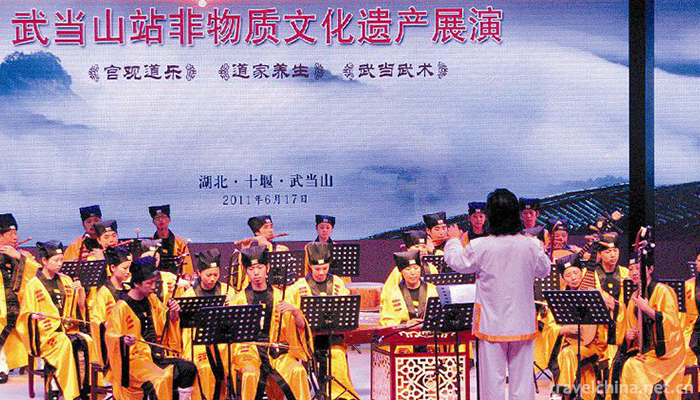
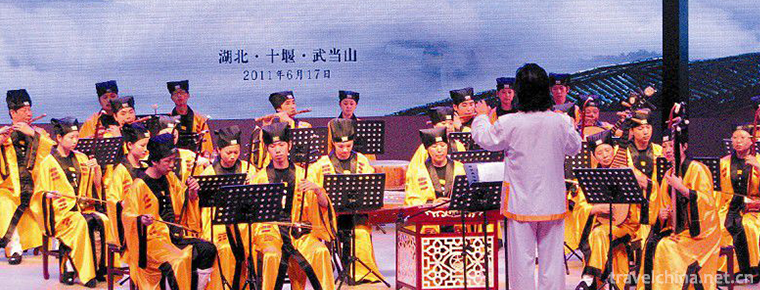
Wudang Mountain Palace Viewing Taoist Music
-
Fish Ball
Fish balls, also known as "fish wrapped meat", are mixed up with eel, shark or freshwater fish, mixed with sweet potato starch (* starch), and then wrapped
Views: 281 Time 2018-11-02 -
Wu zhen ancient town
Wuzhen, located in Tongxiang, Jiaxing City, Zhejiang Province, is located in the "Golden Triangle" of Jiangsu, Zhejiang and Shanghai
Views: 231 Time 2018-11-11 -
Zhashlenbu Temple Scenic Spot in Shigaze
Zashrunbu Temple means "auspicious Xumi Temple". Its full name is "Zashrunbu Baijid Qinqu Tangkelenan Bajawalin". It means "auspicious must gather in Fushu to win over Fangzho
Views: 244 Time 2018-12-12 -
Yuanyi Shuangfeng Lake International Tourist Resort
Yuanyi Shuangfeng Lake International Tourist Resort in Anhui Province is a high-level tourist resort integrating Golf and leisure. Located in the beautiful scenery, with a total area of more than 2000
Views: 151 Time 2018-12-23 -
The Gu Guan Great Wall
Guguan Great Wall is located in Xinguancun, Pingding County, Shanxi Province, on the western side of Taihang. It starts at Niangziguan Jiayugou in the north and reaches Baihui Village in the south.
Views: 142 Time 2019-01-12 -
Enshi dulcimer
Enshi Yangqin, also known as Enshi Silk String, was made up of Hunan Opera, Southern Opera, Chu Tune, folk minor, instrumental music licensing scholars and
Views: 128 Time 2019-04-28 -
Hejian song poem
Hejian Song and Poetry, Hejian City, Hebei Province, local traditional folk literature, one of the national intangible cultural heritage.
Views: 121 Time 2019-05-02 -
Jiaxing Kitchen Head Painting
Jiaxing stove painting is a form of Jiaxing folk art. Folk artists use painting pigments to draw patterns on the various parts of the kitchen wall, also known as "kitchen paintings" and &quo
Views: 363 Time 2019-05-05 -
Siping Opera
Siping Opera, also known as Sijuan Opera, Siping Opera, Sipeng Opera and Sipeng Opera, is popular in Pingnan County, Zhenghe County, Fujian Province. It is one of the national intangible cultural heri
Views: 129 Time 2019-06-16 -
Production Techniques of Tongshengxiang Beef and Mutton Bubble
Tongshengxiang steamed beef and mutton steamed bun was founded in 1920. It was named Tongshengxiang with the meaning of "prosperity and auspiciousness". Its steamed bread is made of meat of
Views: 193 Time 2019-06-21 -
Xiaoxiangling scenic spot
The synonym Xiaoxiangling generally refers to Xiaoxiangling scenic spot
Views: 173 Time 2020-10-16 -
Suining City Construction
In 2019, Suining completed the investment of 4.991 billion yuan in municipal infrastructure construction. The green space rate of the built-up area is 34.46%, the green coverage rate of the built-up area is 39.6%, and the per capita green space area of the park is 12.42 square meters.
Views: 156 Time 2020-12-16
